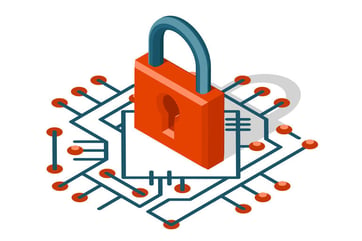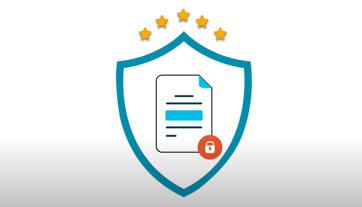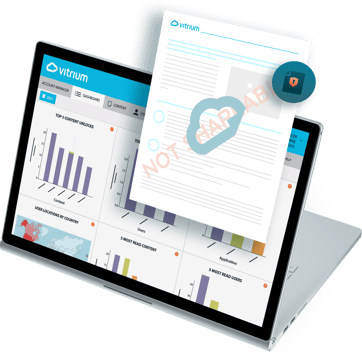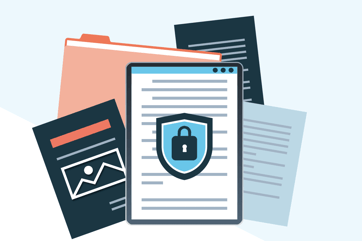Easily protect your content with a straightforward and effective DRM strategy
5 Common Misconceptions of Digital Rights Management
Digital rights management (DRM) is known to be necessary when considering a strategy for intellectual property protection or content security.
Companies and businesses in a wide variety of sectors have come to realize the value of their content, of their intellectual property, and are looking for solutions that effectively prevent theft, infringement, and content piracy, while still being able to offer a seamless user experience to their customers.
Despite their obvious need to implement a solution that both secures content and ensures ease of use, it is not uncommon for decision-makers within companies to remain somewhat skeptical or weary of digital rights management. The reason behind this is the fact that digital rights management is laden with misconceptions and erroneous assumptions that spread among those who most need it. To help you avoid making these assumptions when making the important decision to protect your content, we have taken the time to outline the three most common misconceptions we have found when it comes to DRM.
1. DRM is a Complicated Solution for Content Protection
It is understandable that, without possessing any previous knowledge, digital rights management might seem as a complicated way to go about protecting your content. It can be overwhelming to think about implementing a digital rights management system if you are not well educated on the matter, or do not have access to the right kind of information pertaining to this subject.
In reality, when utilizing quality software, DRM can be a simple and straightforward solution.
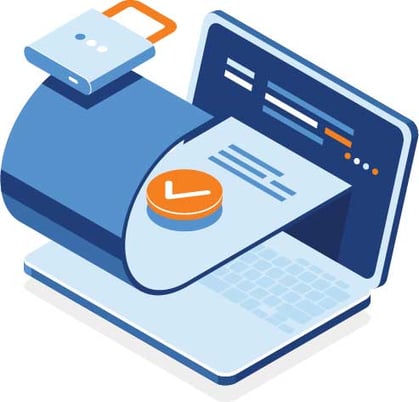
DRM essentially works by implementing different sets of policies that allow for the prevention of piracy and the protection of valuable intellectual property. Specific control techniques or procedures are applied at different levels depending on how sensitive the content to be protected is. In first place, files are uploaded and subsequently encrypted to prevent unauthorized access and copying. Secondly, additional policies are included that provide a higher, more restrictive degree of protection. These files are made available to users by the content provider, who has complete control over how content is accessed.
2. DRM Necessarily Requires External Apps or Plug-ins
Another widely distributed misconception regarding DRM is the notion that, in order to implement any DRM solution and access the content it protects, external apps or plug-ins are necessary.
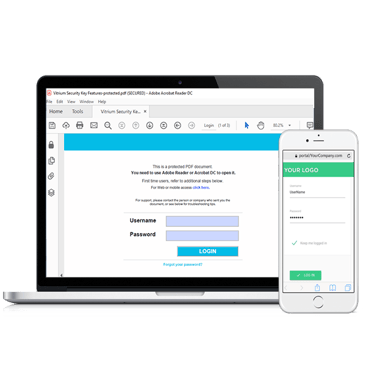
Again, this supposition is inaccurate, while there is DRM solution software that does require the installation of plug-ins in order for users to access content, there are quality systems that enable full integration with whatever system you already use such as learning management systems, content management systems,
eCommerce systems, document management, Active Directory and SQL databases, etc. The capability to fully integrate your digital rights management solution with your existing platforms allows you to provide true single sign-on capabilities to your users.
Moreover, when your system is fully integrated with the DRM software you choose to use and you offer single sign-on, your users will most likely be unaware that your content is being protected, making their experience simpler and more enjoyable.
3. DRM Prevents Users From Accessing Content on Different Devices
There is confusion surrounding device limits and restrictions as one of the policies included in a Digital Rights Management strategy. It is a common mistake to think that when setting DRM policies, your content will only be accessible to your customers from a single device, regardless of them owning the rights to it. While it certainly is true that you can (and should) set a limit on the amount of devices a single user can access content, it is entirely up to you to decide if you want to set a unique device restriction, or if you’d like to be more lenient and allow content to be accessed from multiple devices.
 Having the option to set device limits not only allows you to have control over your content and the way it is accessed, but also will give you the opportunity to set different price levels for those who require more freedom of access. Users who pay a higher fee can be allowed to access the content in multiple devices or be allowed to clear their device history provided they reach their limit. Conversely, customers who do not wish to pay more than the basic fee, would only be able to access from a single device.
Having the option to set device limits not only allows you to have control over your content and the way it is accessed, but also will give you the opportunity to set different price levels for those who require more freedom of access. Users who pay a higher fee can be allowed to access the content in multiple devices or be allowed to clear their device history provided they reach their limit. Conversely, customers who do not wish to pay more than the basic fee, would only be able to access from a single device.
4. DRM is Restrictive and Hinders User Experience
Referring to end-user experience, there is the general idea that relying on a digital rights management solution to protect your content will inevitably result in very restrictive practices and a resulting unpleasant experience for your customers. The notion seems to be that controlling access to your content and requiring users to provide credentials in order to access it will be a highly uncomfortable process for them. However, if you rely on software that is current and of high quality, this will hardly be the case.
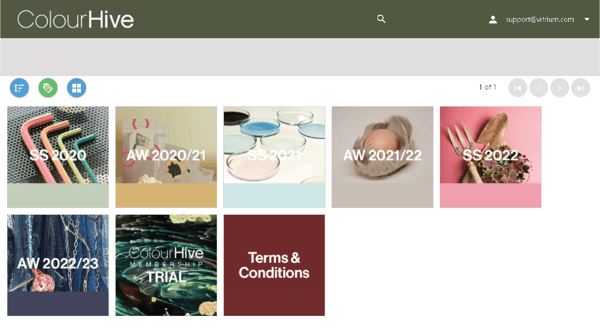
Ideally, your DRM solution will allow for full integration with the system you are already using, which is the first step to providing an excellent user experience. Even with more strict digital rights management policies such as print and copy restrictions, device limits, and custom watermarks, you can ensure that authorized users have comfortable access to your content by easily adding, deleting or modifying user groups and the content in them, or offering a central (fully customizable) user portal through which you can securely distribute your content. Your authorized audience can easily access all content associated with their account in one convenient, yet secure, place. Full customization of your colours and logo, as well as your URL, provides the best, most seamless experience for your users.
5. Customers Consider DRM a Hurdle & Will Not Pay for the Right to Access Content
Lastly, and perhaps one of the issues that most effectively prevent companies from adopting a digital rights management solution, is the idea that DRM is unpopular among most users, considered to be complicated and an unnecessary trouble in their experience as customers. Therefore, they will not pay for a license to your content or the right to access it. In short, protecting your intellectual property and revenue will eventually harm your company as it will deter customers from buying your content. This is far from the truth, if you provide your customers with a seamless user experience, and help them understand the different benefits they could get from the various subscription packages you may offer, digital rights management will not be an inconvenience to them.
The key is to offer simplicity for your end-users, while maintaining your content exclusive and secured. If you implement a DRM system that is high quality and developed for the purpose of helping both the content provider and the end-users, you can ensure that your customers will not be deterred by the fact that your content is protected with DRM. Moreover, you can adjust the restrictions you add to it according to each subscription plan. Those who would like more lenient access to content can opt for the highest price-point, whereas those who are not interested in having, for example, access from multiple devices, can then purchase the most basic plan. This allows you to use DRM as a way to not only protect but increase your revenue.
Avoid Misconceptions, Protect Your Content
Being aware of these common misconceptions will help you in the successful implementation of a DRM solution that will thoroughly protect your content and, consequently, your revenue. Digital rights management does not have to be complicated, dependent on external apps or plug-ins, or detrimental to your user experience. With a quality content protection solution, as is Vitrium Security, you can at once ensure that your valuable content is thoroughly protected and guarantee that your users will be able to access it in a simple, straightforward manner.
Learn more about how Vitrium can help you with intellectual property protection. Book a free demo now!


